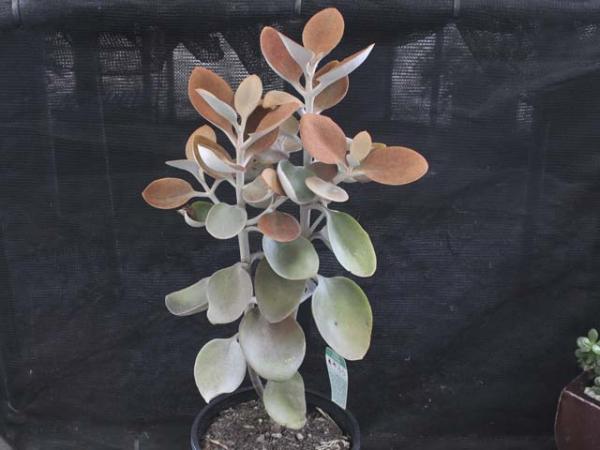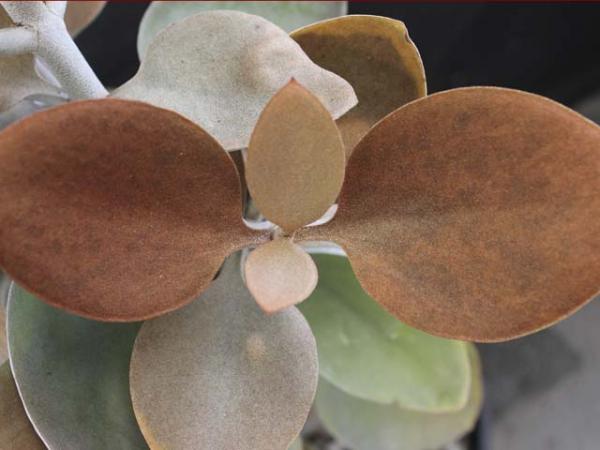Array
(
[0] => Array
(
[id] => 190
[is_published] => 1
[websiteID] => 5
[url] => /gardening/australian-native-trees.php
[page_status] => Published
[number_of_ads] => 5
[can_use_editor] => 1
[last_modified_date] => 2013-09-16 00:00:00
[last_modified_by] => Alan
[checked_for_duplicate_content] =>
[title] => Australian native trees
[heading] => Australian native trees
[meta_description] => Learn what Australian native trees you should I grow in your garden.
[article_category_1] => Gardening
[article_category_2] =>
[article_category_3] =>
[article_category_4] =>
[article_category_5] =>
[business_category_1] => Landscaper
[business_category_2] => Nursery
[business_category_3] => Garden Designer
[business_category_4] => Landscape Architect
[business_category_5] =>
[number_of_google_mrecs] =>
[show_google_ad_bottom_of_page] =>
[show_get_quotes_top_of_page] =>
[show_get_quotes_rhs_of_page] =>
[show_directory_search_widget] =>
[show_trending_content_widget] =>
[show_facebook_widget] =>
[show_further_reading_section] => 1
[show_sponsors_section] => 0
[show_top_article_ad] => 1
)
[1] => Array
(
[id] => 524
[is_published] => 1
[websiteID] => 5
[url] => /gardening/how-to-plant.php
[page_status] => Published
[number_of_ads] => 3
[can_use_editor] => 1
[last_modified_date] => 2013-09-16 00:00:00
[last_modified_by] => Alan
[checked_for_duplicate_content] =>
[title] => How to plant
[heading] => How to plant
[meta_description] => Learn how to plant correctly. Planting correctly will not only get your garden off to a flying start, but it will also ensure that your plants's root systems develop as healthily as possible, maximising their long-term stability.
[article_category_1] => Gardening
[article_category_2] =>
[article_category_3] =>
[article_category_4] =>
[article_category_5] =>
[business_category_1] => Landscaper
[business_category_2] => Nursery
[business_category_3] => Garden Designer
[business_category_4] => Landscape Architect
[business_category_5] =>
[number_of_google_mrecs] =>
[show_google_ad_bottom_of_page] =>
[show_get_quotes_top_of_page] =>
[show_get_quotes_rhs_of_page] =>
[show_directory_search_widget] =>
[show_trending_content_widget] =>
[show_facebook_widget] =>
[show_further_reading_section] => 1
[show_sponsors_section] => 0
[show_top_article_ad] => 1
)
[2] => Array
(
[id] => 196
[is_published] => 1
[websiteID] => 5
[url] => /gardening/grevilleas-for-cold-climates.php
[page_status] => Published
[number_of_ads] => 5
[can_use_editor] => 1
[last_modified_date] => 2013-09-16 00:00:00
[last_modified_by] => Alan
[checked_for_duplicate_content] =>
[title] => Grevilleas for Cold Climates
[heading] => Grevilleas for Cold Climates
[meta_description] => Live in a colder part of Australia. These grevilleas for can handle it.
[article_category_1] => Gardening
[article_category_2] =>
[article_category_3] =>
[article_category_4] =>
[article_category_5] =>
[business_category_1] => Landscaper
[business_category_2] => Nursery
[business_category_3] => Garden Designer
[business_category_4] => Landscape Architect
[business_category_5] =>
[number_of_google_mrecs] =>
[show_google_ad_bottom_of_page] =>
[show_get_quotes_top_of_page] =>
[show_get_quotes_rhs_of_page] =>
[show_directory_search_widget] =>
[show_trending_content_widget] =>
[show_facebook_widget] =>
[show_further_reading_section] => 1
[show_sponsors_section] => 0
[show_top_article_ad] => 1
)
[3] => Array
(
[id] => 203
[is_published] => 1
[websiteID] => 5
[url] => /gardening/native-hibiscus.php
[page_status] => Published
[number_of_ads] => 5
[can_use_editor] => 1
[last_modified_date] => 2013-09-16 00:00:00
[last_modified_by] => Alan
[checked_for_duplicate_content] =>
[title] => Native Australian Hibiscus
[heading] => Native Hibiscus
[meta_description] => An ever increasing interest in native hibiscus has led to the horticultural development of a number of new cultivars which rival the exotic types in beauty and flower size.
[article_category_1] => Gardening
[article_category_2] =>
[article_category_3] =>
[article_category_4] =>
[article_category_5] =>
[business_category_1] => Landscaper
[business_category_2] => Nursery
[business_category_3] => Garden Designer
[business_category_4] => Landscape Architect
[business_category_5] =>
[number_of_google_mrecs] =>
[show_google_ad_bottom_of_page] => 1
[show_get_quotes_top_of_page] => 0
[show_get_quotes_rhs_of_page] => 0
[show_directory_search_widget] => 0
[show_trending_content_widget] => 0
[show_facebook_widget] => 1
[show_further_reading_section] => 1
[show_sponsors_section] => 1
[show_top_article_ad] => 1
)
)
Helpful articles
Australian native trees. Learn what Australian native trees you should I grow in your garden.
How to plant. Learn how to plant correctly. Planting correctly will not only get your garden off to a flying start, but it will also ensure that your plants's root systems develop as healthily as possible, maximising their long-term stability.
Grevilleas for Cold Climates. Live in a colder part of Australia. These grevilleas for can handle it.
Native Hibiscus. An ever increasing interest in native hibiscus has led to the horticultural development of a number of new cultivars which rival the exotic types in beauty and flower size.
Plant description
Kalanchoe orygalis is a perennial succulent plant with interesting copper coloured foliage. The leaves are rounded, with brown upper surfaces and silvery reverses, and are covered with fine felty hairs. In winter mature plants bear panicles of green-yellow flowers, but this plant is grown for the interesting foliage. It can grow from 1 to 1.5 metres tall. It is a drought tolerant and easy care plant but needs a well drained soil. It is not frost tolerant. It grows in a sunny to part shaded postion. It is performs well in containers, as well as being a good garden plant.
Propagation is by woody stem cuttings, also by leaf cuttings.
Additional plant information
Flowers
Flower colour: yellow
Flowering season: winter
Plant size
Maximum height: 1.5 metres
Minimum height: 1 metres
Maximum width: not specified
Minimum width: not specified
Sunlight, frost & salt tolerance
This plant will tolerate full or partial sunlight.
Light frost tolerance.
Plant is salt tolerant.
Fauna attracting?
Yes. Attracts: Insects, bees.
Climate
This plant species will grow in the following climates: temperate, subtropical, tropical, arid.
Soil types & conditions
Loam: dry, moist, well-drained.
Clay: not specified.
Sand: dry, moist, well-drained.
Soil pH: 6.1-7.8
Diseases
leaf spot, root rot in wet conditions
Pests
Meraly bug, aphids
Miscellaneous information
Planting season: Any.
Types of fertiliser: not specified.
Find a nursery
Search for another plant


